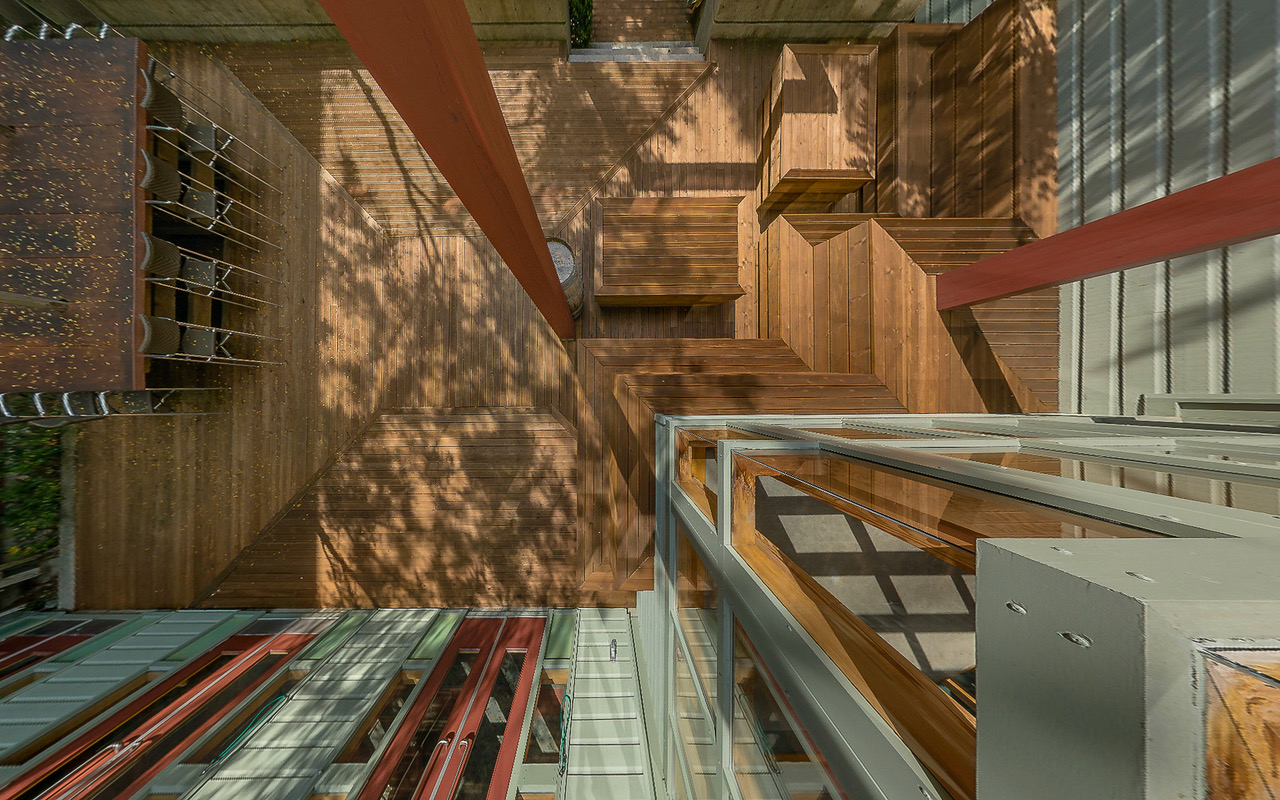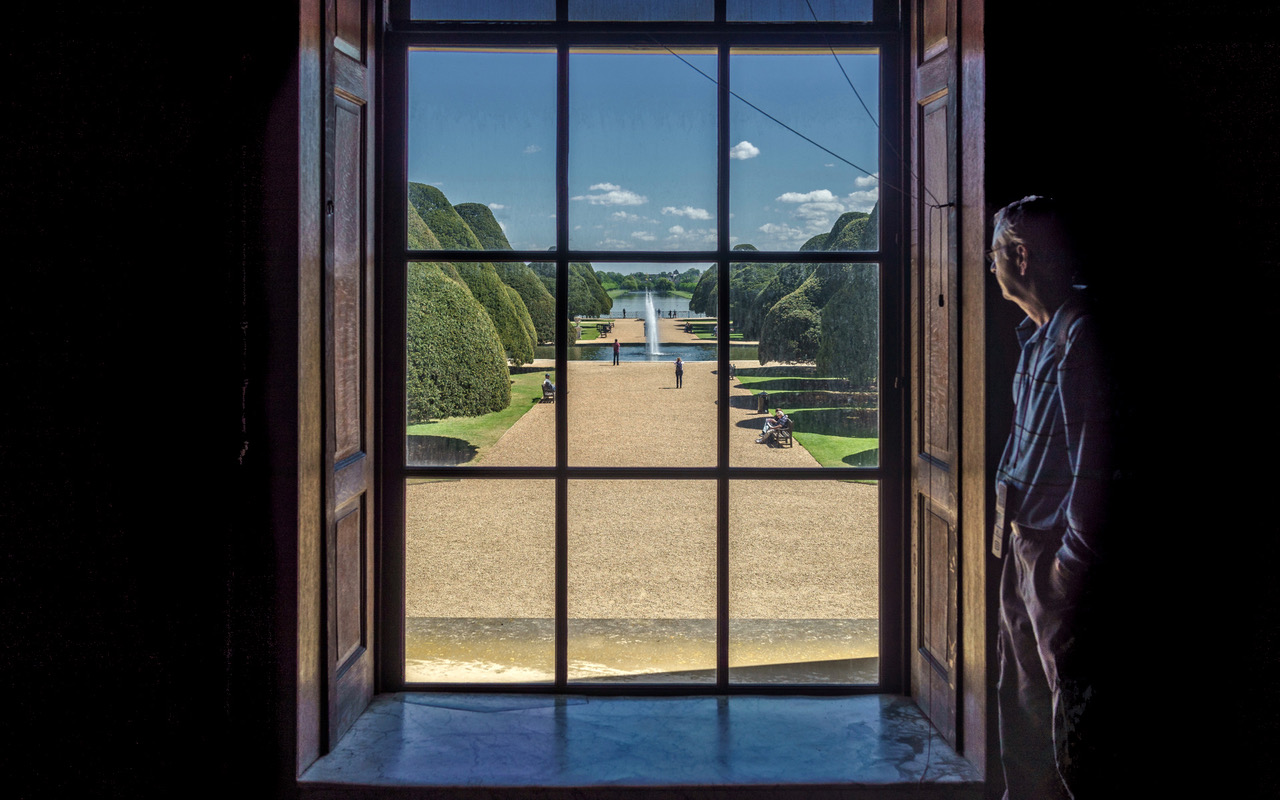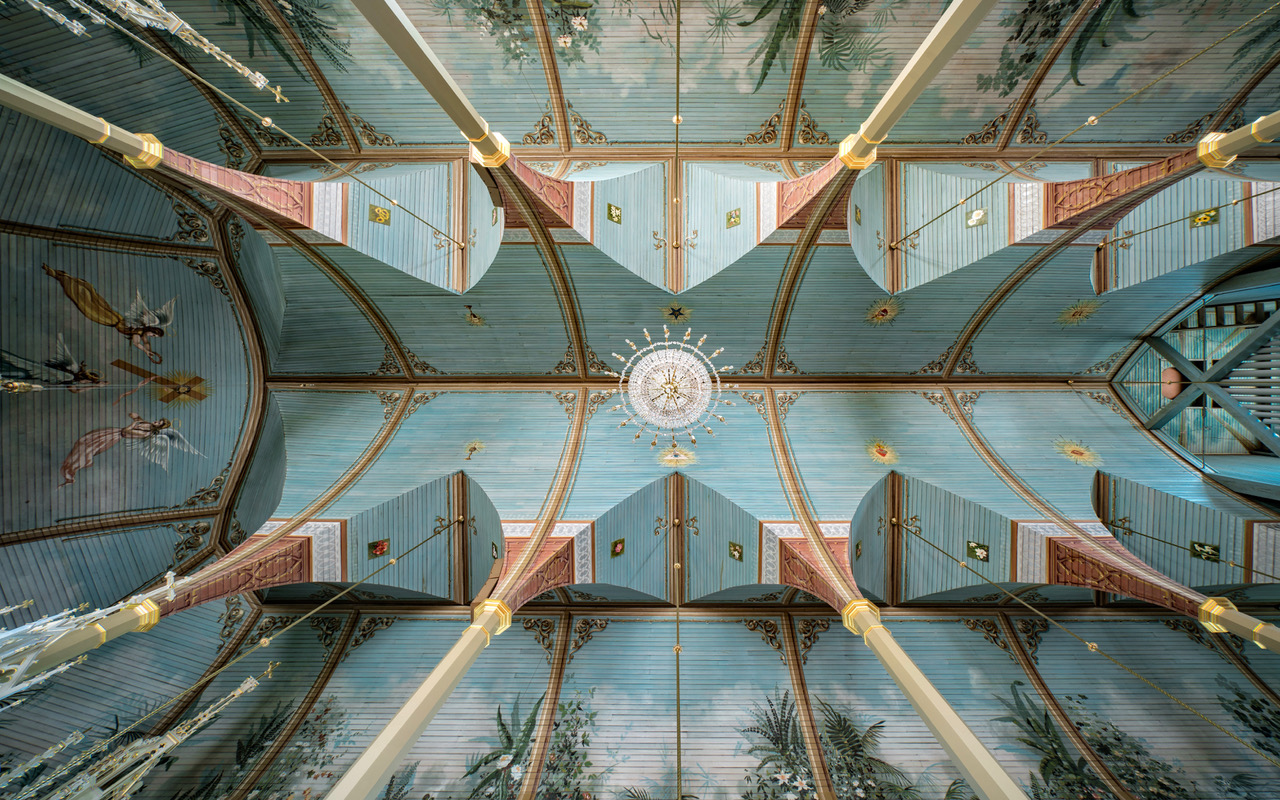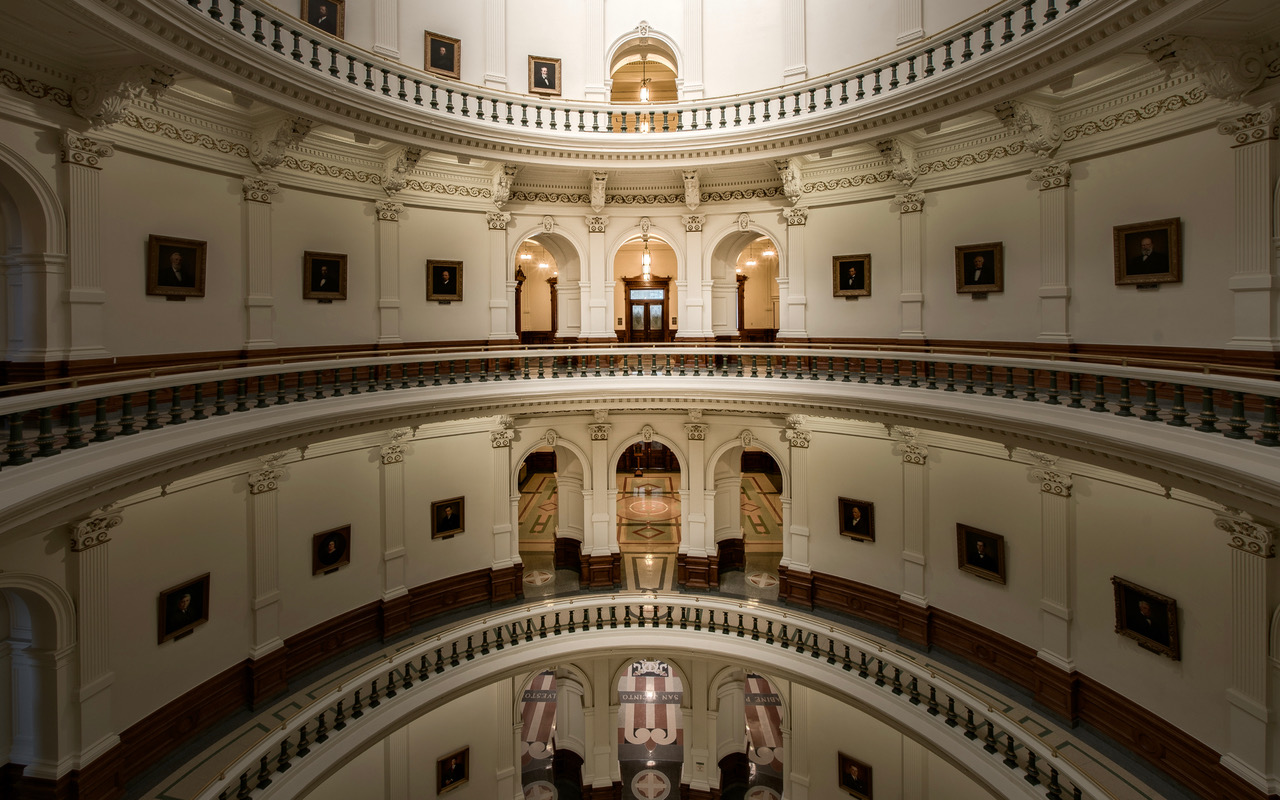The Art and Science of Photographic Composition Workshop -- with Rick Hulbert


The fact that there are no universally accepted rules of composition in photography can be frustrating to photographic enthusiasts who want to take their efforts to the next level.
Have you ever noticed that the more you are exposed to articles on photography, especially articles relating to the subject of composition, then more you start to read the same things over and over again. I am going to let you in on a secret . . . the kinds of simplified “rules” of photography that are espoused by those “quick fix” articles are not taught in institutions of higher learning. The “rule of thirds” is not taught in professional art schools teaching drawing and painting.
When I was researching and studying the subject of environmental design in graduate school, I learned something profound:
“If you want to go beyond the body of knowledge in your chosen field of interest, look to other disciplines . . . search for concepts and ideas that you can then adopt and apply to your own chosen discipline.”
In “The Art and Science of Photographic Composition,” we will explore the impacts of the history of the 2-Dimentional Arts of Drawing and Painting along with the Science of Human Vision. Understanding the very basics of how we see and how that differs from how the camera sees, will give you new insights into how to improve your photography. Applying lessons learned from the History of Realism in Drawing and Painting will facilitate you taking your images to the next level.


Consider the following Seven Learning Objectives:
From the Science of Mathematics, you will be able to better understand how to take control of alternative perspectives and angles of view in your images.
From the Science of Neurobiology, you will appreciate how an understanding of human vision will facilitate your ability to create images that more accurately portray the scene that originally compelled you to want to capture.
From the Fine Arts of Painting and Drawing, you will gain a better understanding of how artists have traditionally taken a 3-dimensional scene and then portrayed that scene in a 2-dimensional canvas.
From the Fine Art of Cinematography, you will learn to appreciate how it is possible to control the sense of 3-dimensional depth and then convey your vision on a 2-dimensionsl screen.
From the Art and Science of Architecture, we will learn to photograph and portray “Volumetric Space” with “Varying Degrees of Depth.”
From the Neurosciences and Physics, you will learn the power and importance of photographing “spots and slivers of light” along with the “edges of objects and elements” revealed by that light.
From the Art and Science of Urban Design, you will learn how to recognize and record a “Slice of Life” and “Sense of Place” in your images.
How participants will learn . . .
• Lectures
• Class Presentations
• Hands-on Field Photography in downtown Vancouver
• Photo Evaluations and Critiques
• Image Editing Case Studies using your own RAW Files
Participant responsibilities . . .
• Bring your passion for learning
• Listen, react, inquire, participate
• Share your own knowledge
Desired Gear:
While there are no absolute requirements, in addition to any camera and lens(es) you want to bring, consider bringing a tripod that will ensure a stable platform for your camera and lens… Ideally including a remote release, cabled, delayed, or otherwise.
Whether you have a point and shoot camera, a new mirrorless camera, an SLR, or a camera phone, you need to have a camera that you know how to use.

